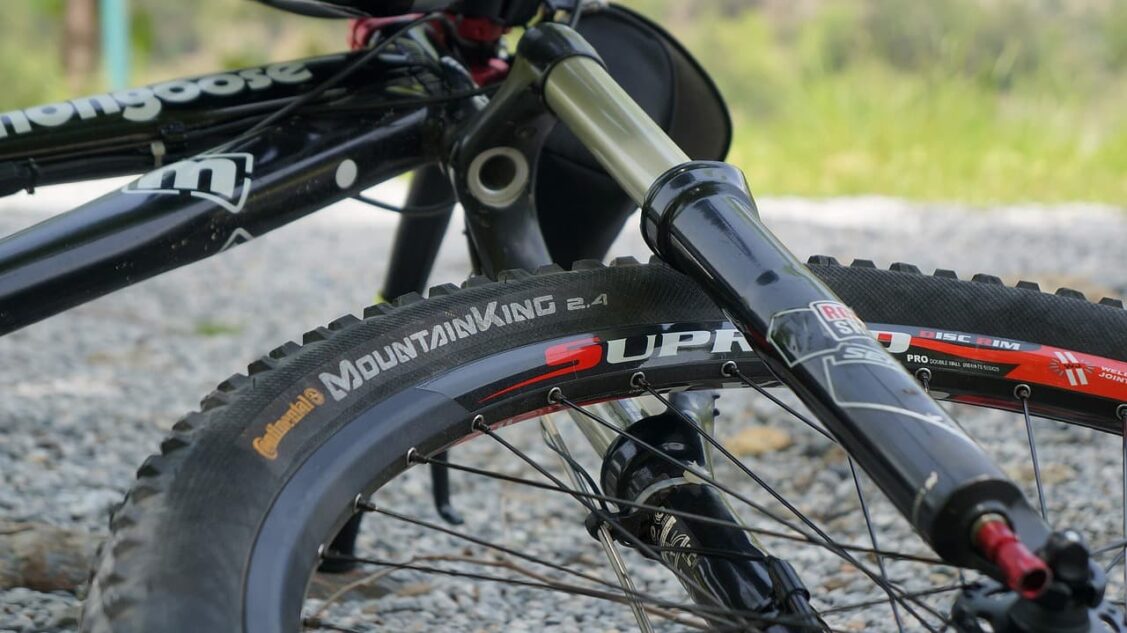Gravel bikes, which allow you to ride on quiet and peaceful country roads, have become one of the fastest growing segments of the bicycle industry. As more people seek cool outdoor activities, similar to the excitement found in non Gamstop betting, this year brings a number of innovations that promise to make these bikes even more appealing to cycling enthusiasts.
New Transmissions for Easy Hill Climbing
One of the most anticipated innovations in gravel bikes for 2025 will be updated drivetrains with lower gear ratios, making it much easier to tackle steep hills.
Current gravel bike models are often equipped with drivetrains that don’t allow you to comfortably climb steep hills. New drivetrains developed by leading companies such as SRAM, Shimano and Microshift promise to change this situation.
For example, the new SRAM Apex Eagle drivetrain with a 38-tooth front sprocket allows an 80kg rider to climb gradients of up to 9.4 per cent, a 30 per cent increase on current capabilities.
The Shimano GRX 1X drivetrain also keeps pace, providing a 9.2% gradient climb. For dual sprocket enthusiasts, the new Microshift Sword kit with a 29-tooth front sprocket and 38-tooth rear cassette gives you up to 8.9% gradient climbing capability.
Transmission ratio comparison table:
| Transmission | Maximum slope (%) |
| SRAM Apex Eagle | 9.4 |
| Shimano GRX 1X | 9.2 |
| Microshift Sword | 8.9 |
Larger Tyre Sizes for Greater Comfort and Control
In recent years, gravel bike manufacturers have significantly increased the allowable tyre size, an important step in improving comfort and control of the bike. Whereas previously the maximum tyre width was 40mm, many models now allow tyres up to 60mm wide.
This increase in tyre width not only improves the bike’s handling and stability on slippery or uneven surfaces, but also significantly reduces the likelihood of punctures.
What’s more, wider tyres provide extra comfort on long rides by better absorbing shocks and vibrations from road irregularities. This reduces fatigue and allows the rider to remain active throughout the journey.
For example, in our tests, the 50mm wide Soma Cazadero tyres showed a 9% reduction in handlebar vibration compared to 42mm wide tyres, which measurably improves riding comfort.
Increasing the tyre size also increases its rideability on soft and loose surfaces such as sand or gravel, providing better grip and control. As a result, the cyclist can confidently tackle more challenging and technical sections of the route without losing speed.
Modern tyres with low hysteresis return energy efficiently, making them not only comfortable but also fast on a variety of surface types.

Suspension for Improved Performance
Among the key innovations expected in gravel bikes in the near future is the integration of suspension forks. This technology will greatly improve the bike’s handling and stability on uneven surfaces.
Suspension improves front tyre grip, which is critical for precise control when cornering, as well as improving braking ability on difficult terrain. Using a suspension fork also reduces driver hand fatigue, which contributes to a more comfortable and longer ride without sacrificing performance.
In comparative tests, for example between the HiRide 20mm suspension fork and the rigid carbon fork Open WI.DE, a 6 to 11 per cent reduction in handlebar vibration was recorded. This is especially true on long rides, where every percentage reduction in vibration is important for overall comfort.
Revolutionary Gearboxes and Belt Drives
Advances in bicycle drivetrain technology in 2025 promise dramatic changes with the advent of gearboxes and belt drives that will give bicycles ultra-low maintenance.
Shielded gearboxes and belt drives eliminate the need for frequent cleaning and lubrication as is required with traditional chain drives.
Systems such as Pinion Smart Shift with electronic drop bar shifters provide quick and easy gear changes, which is especially important in difficult terrain. This system even allows you to set up automatic gear shifting to maintain the perfect cadence without having to reduce pedalling power.
Although gearboxes add extra weight to the bike and have a higher cost than traditional drivetrains, their durability and reliability can justify that initial investment, especially given the reduced maintenance and repair costs.
Final Thoughts
In 2025, gravel bikes promise to be vastly improved with a number of innovations. Improved drivetrains will make it easier to tackle steep climbs, while larger tyre sizes will provide greater comfort and control. The introduction of suspension will improve handling and reduce fatigue on long journeys. Also, new gearboxes and belt drives will make bike maintenance easier and cheaper. All these improvements will make gravel bikes more attractive to a wide range of riders.
